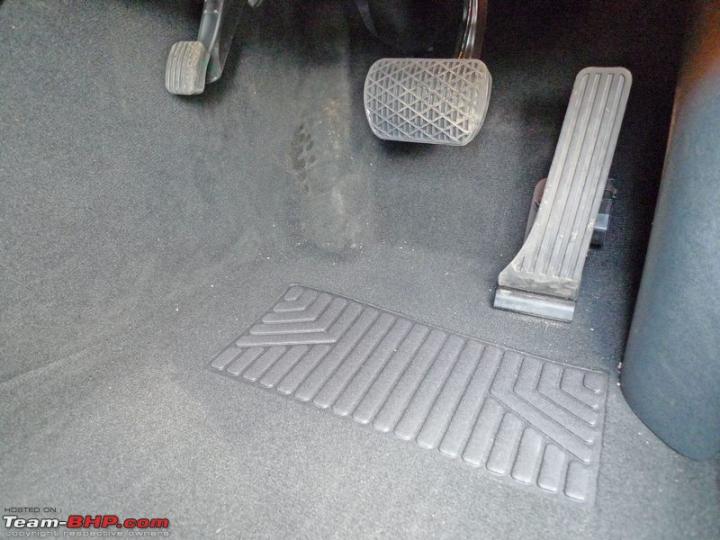News
Electric Cars will bring 'one pedal driving'
Conventionally, manual transmission cars have 3 pedals - clutch, brake and accelerator. The automatic transmission cars eliminated the clutch pedal and looks like the future electric cars will get rid of the brake pedal as well.
In an electric vehicle (EV), the battery supplies the electricity to the motors, which in turn power the wheels. When EVs slow down, or need to come to a stop, the motor acts as a generator to recharge the batteries while at the same time as slowing down the car. This is known as brake energy regeneration. While, manufacturers will vary their settings on how aggressive this regeneration will be in their cars, the conventional brakes will be used in case of panic braking.
The Chevrolet Bolt EV gets the 'one pedal driving' mode, albeit only in the Low mode. In this mode, the car will slow down once the accelerator is released, without the need to press the brakes. It will even come to a complete stop if that is needed. This way, the energy from slowing down the car is regenerated and stored in the car battery, thereby increasing the car's total range. Regeneration works even when the car is coming down a slope.
While the Bolt EV does come with a brake pedal, the company advises to use it only when urgent braking is needed in the Low mode. Also, while driving in D mode, you will have to be dependent on the conventional brakes. In case of batteries being fully charged, the regeneration system may not work optimally and driver must use the brakes even in Low mode. Such systems reduce the wear and tear of the brake systems in an electric car.
Here is a video of the same by Chevrolet.

















